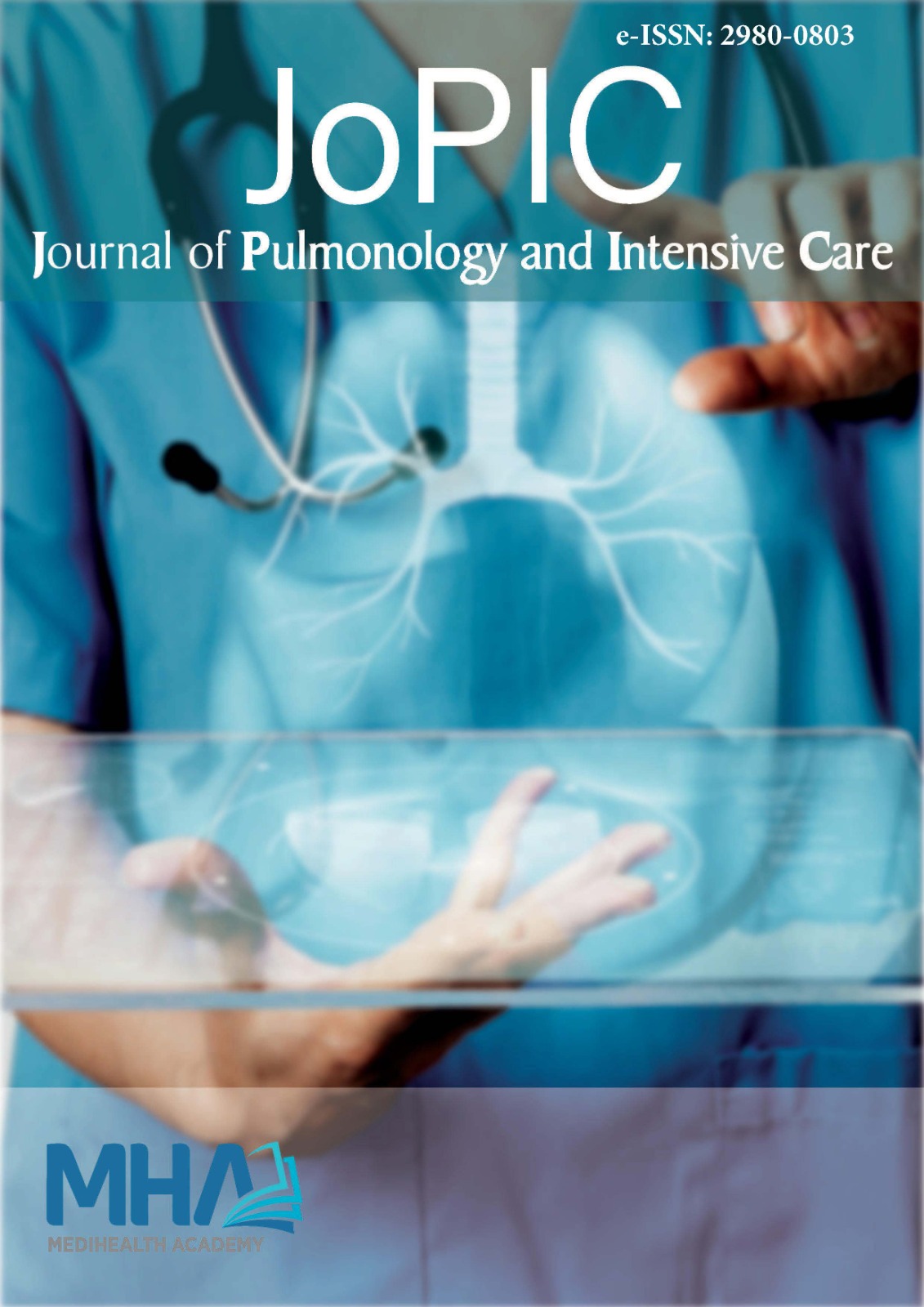1. Irwin RS, Baumann MH, Bolser DC, et al. Diagnosis and managementof cough executive summary: ACCP evidence-based clinical practiceguidelines. Chest. 2006;129(1 Suppl):1S-23S
2. Morice AH, McGarvey L, Pavord I; British Thoracic Society CoughGuideline Group. Recommendations for the management of cough inadults. Thorax. 2006;61(Suppl 1):i1-i24. doi:10.1136/thx.2006.065144
3. Pavord ID, Chung KF. Management of chronic cough. Lancet.2008;371(9621):1375-1384. doi:10.1016/S0140-6736(08)60596-6
4. Irwin RS, Rosen MJ, Braman SS. Cough. A comprehensive review. ArchIntern Med. 1977;137(9):1186-1191. doi:10.1001/archinte.137.9.1186
5. Irwin RS, Corrao WM, Pratter MR. Chronic persistent cough in theadult: the spectrum and frequency of causes and successful outcomeof specific therapy. Am Rev Respir Dis. 1981;123(4Pt1):413-417.doi:10.1164/arrd.1981.123.4.413
6. Birring SS. Controversies in the evaluation and management of chroniccough. Am J Respir Crit Care Med. 2011;183(6):708-715. doi:10.1164/rccm.201007-1017CI
7. Mülazimoğlu D, Kayacan O. Approach to chronic cough. Tuberculosisand Thorax Journal. 2017;65(3):227-236. doi: 10.5578/tt.57253.
8. Goldsobel AB, Kelkar PS. The adult with chronic cough. J Allergy ClinImmunol. 2012;130(3):825-6. doi: 10.1016/j.jaci.2012.05.057.
9. Erkekol FÖ. Management modalities of chronic cough in adults. TurkishThoracic Journal. 2013;14(3 Suppl):27-34. doi: 10.5152/ttd.2013.107.
10. Birring SS, Passant C, Patel RB, et al. Chronic tonsillar enlargement andcough: preliminary evidence of a novel and treatable cause of chronic cough.Eur Respir J. 2004;23(2):199-201. doi: 10.1183/09031936.03.00066403.
11. Sundar KM, Daly SE, Pearce MJ, Alward WT. Chronic cough andobstructive sleep apnea in a community-based pulmonary practice.Cough. 2010;6(1):2. doi: 10.1186/1745-9974-6-2.
12. Irwin RS, Curley FJ, Grossman RF. Diagnosis and treatment ofsymptoms of the respiratory tract, Armonk, N.Y. Futura PublishingCompany. 1997: 1.-54.
13. Macedo P, Saleh H, Torrego A, Arbery J, MacKay I, Durham SR, et al.Postnasal drip and chronic cough: An open interventional study. RespirMed. 2009 Nov;103(11):1700-5. doi: 10.1016/j.rmed.2009.05.005.
14. Tatar M, Plevkova J, Brozmanova M, Pecova R, Kollarik M. Mechanismsof the cough associated with rhinosinusitis. Pulm Pharmacol Ther.2009;22(2):121-126. doi: 10.1016/j.pupt.2008.11.014.
15. Chummun D, Lü H, Qiu Z. Empiric treatment of chronic cough inadults. Allergy Asthma Proc. 2011;32(3):193-197. doi: 10.2500/aap.2011.32.3432.
16. Kline LW, Smith EA, Tracy LR ,Moerschel SK. Pertussis: a remerginginfection. American family physician. 2013;88(8):507-514.
17. Özdilekcan Ç. Chronic Cough in Adults: Etiologic, diagnostic andtreatment related approaches. Celal Bayar University Journal of Science.2018;5(2):47-51.
18. Ford CN. Evaluation and management of laryngopharyngeal reflux.JAMA. 2005;294(12):1534-1540. doi: 10.1001/jama.294.12.1534.
19. Salem H, Aviado DM. Antitussive drugs, with special reference to anew theory for the initation of the cough reflex and the influence orbronchodilators. Am J Med Sci. 1964;247:585-600.
20. Dicpinigaitis PV. Chronic cough due to asthma. Chest. 2006;129(1Suppl):75-79. doi: 10.1378/chest.129.1_suppl.75S.
21. Kohno S, Ishida T, Uchida Y. The Japanese Respiratory Societyguidelines for the management of cough. Respirology. 2006;11:135-186.doi: 10.1111/j.1440-1843.2006.00920_1.x.
22. Irwin RS. Unexplained cough in the adult. Otolaryngol Clin NorthAm. 2010;43(1):167-80. doi: 10.1016/j.otc.2009.11.009.
23. Lacourcière Y, Brunner H, Irwin R. Effects of modulators of the renin-angiotensinaldosterone system on cough. Journal of Hypertension.1994;12(12):1387-1393.
24. Karaca B. Clinical Manifestations of COVID-19 in the Adult AgeGroup. J Biotechnol and Strategic Health Res. 2020;1:85-90.
25. Lai K, Chen R, Lin J, et al. A prospective multicenter survey on causesof chronic cough in China. Chest. 2013;143(3):613-620. doi: 10.1378/chest.12-0441.
26. Gibson PG,Dolovich J,Denburg J,Ramsdale EH,Hargreave FE.Chroniccough:eosinofilic bronchitis without asthma. Lancet. 1989;1:1346-1348.
27. Birring SS. The search for the hypersensitivity in chronic cough. EurRespir J. 2017;49(2):1700082. doi: 10.1183/13993003.00082-2017.
28. Carr MJ, Hunter DD, Jacoby DB, Undem BJ. Expression of tachykininsin nonnociceptive vagal afferent neurons during respiratory viralinfection in guinea pigs. Am J Respir Crit Care Med. 2002;165:1071-1075.
29. Ebihara T, Sekizawa K, Ohrui T, Nakazawa H, Sasaki H. Angiotensin-converting enzyme inhibitor and danazol increase sensitivity of coughreflex in female guinea pigs. Am J Respir Crit Care Med. 1996;153:812-819. doi: 10.1164/ajrccm.153.2.8564137.
30. Alberts W, Brooks S. Advances in occupational asthma. Clin ChestMed. 1992;13(2):281-302.
31. Janson C, Chinn S, Jarvis D, Burney P. Determinants of cough in youngadults participating in the European Community Respiratory HealthSurvey. Eur Respir J. 2001;18(4):647-654. doi: 10.1183/09031936.01.00098701.
32. Irwin RS, Curley FJ, French CL. Chronic cough: The spectrum andfrequency of causes, key components of diagnostic evaluation, andoutcome of specific therapy. Am Rev Respir Dis. 1990;141(3):640-7. doi:10.1164/ajrccm/141.3.640.
33. Irwin RS, Boulet LP, Cloutier MM, et al. Managing cough as a defencemechanism and as a symptom. A consensus panel report of theAmerican College of the Chest Physicians. Chest. 1998;114(Suppl):133S-181S. doi: 10.1378/chest.114.2_supplement.133s
34. Morice AH and Committee Members (ERS Task Force). The diagnosisand management of chronic cough. Eur Respir J. 2004;24(3):481-492.doi: 10.1183/09031936.04.00027804.
35. Irwin RS, Widdicome J. Cough. In: Murray JF, Nadel JA (eds); Textbookof Respiratory Medicine. WB Saunders Company, NewYork. 2000;pp:553-66

